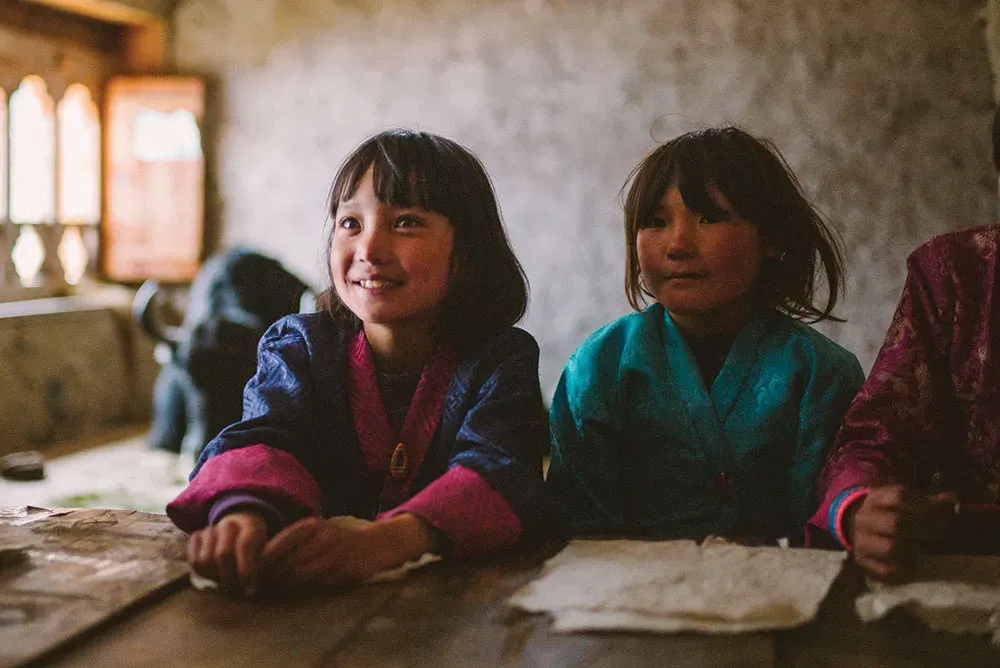Lunana ,A Yak in the Classroom A Heartwarming Bhutanese Gem

Imagine trekking through the rugged Himalayas, where the air is thin and the landscape vast, to reach a village so remote it feels like another world. Here, in a classroom warmed by a yak-dung stove, a young teacher discovers the true meaning of purpose. This is the essence of Lunana: A Yak in the Classroom, a 2019 Bhutanese drama that has captivated global audiences with its tender storytelling and breathtaking visuals. Directed by Pawo Choyning Dorji, this film isn’t just a cinematic triumph—it’s a cultural bridge, bringing Bhutan’s heart to the world. Nominated for an Oscar and lauded with a 98% Rotten Tomatoes score, Lunana is a must-see. Let’s dive into its story, production, reception, and why it’s resonating in 2025.
A Simple Story with a Big Heart
Lunana: A Yak in the Classroom follows Ugyen, a disillusioned teacher in Bhutan’s capital, Thimphu, who dreams of moving to Australia to become a singer. With one year left in his mandatory teaching service, he’s sent to Lunana, a village perched at 4,800 meters, accessible only by a grueling six-day trek. Expecting to quit, Ugyen arrives to find no electricity, no textbooks, and a classroom lacking even a blackboard. Yet, the villagers’ warmth and the children’s eagerness to learn—led by spirited Pem Zam—begin to chip away at his resolve.
The narrative unfolds like a Buddhist fable, blending humor and heart as Ugyen navigates cultural clashes and personal growth. From teaching with makeshift supplies to singing with the children under starlit skies, his journey transforms him from a reluctant outsider to a cherished community member. The film’s quiet pace and focus on education’s value make it universally relatable, while its Bhutanese culture—from yak herding to communal living—adds a unique flavor. Available on Prime Video and Apple TV, it’s a cozy watch for anyone seeking inspiration.
Behind the Scenes: A Labor of Love
Creating Lunana was no small feat. Director Pawo Choyning Dorji spent 18 months preparing, hauling equipment and building crew housing in Lunana’s harsh terrain. Filming occurred during a brief two-month window when weather was less severe, though rain and snow persisted. Remarkably, the production was carbon-negative, powered by solar panels and batteries, reflecting Bhutan’s environmental ethos (NPR).
The cast, composed of local villagers who had never seen a film, brought unparalleled authenticity. Pem Zam, a young girl in the story, acted naturally, unaware of the camera’s gaze. Dorji’s sensitivity to the villagers’ lives ensured the film captured Lunana in its final untouched state before modernization, like roads and telephone poles, arrived. Post-filming, Pem Zam embraced social media, sending TikTok dance videos to Dorji, a poignant sign of change (NPR). This blend of tradition and modernity makes Lunana a time capsule of Bhutanese life.
Critical Acclaim and Awards
Lunana has earned widespread praise for its heartfelt narrative and cultural depth. On Rotten Tomatoes, it holds a 98% approval rating from 63 critics, averaging 7.6/10, with critics calling it a “simple story with a big heart” that transcends borders. Metacritic scores it 76/100, indicating “generally favorable” reviews. The Guardian lauds its “heart and feet-warming” quality, though notes its light touch on village changes (The Guardian). BFI calls it a “quietly majestic” exploration of happiness and community, blending cultural specificity with universal appeal (BFI).
The film’s accolades are impressive. It won the Audience Choice Award and Best of the Fest at the 2020 Palm Springs International Film Festival (The Wrap). In Italy, it secured the Lessinia d’Oro Award for Best Film and other honors (Log to Green). In France, it earned the Prix du Public, with Sherab Dorji winning Best Actor (Télérama). Initially disqualified for the Oscars, it was resubmitted, shortlisted, and nominated for Best International Feature Film at the 94th Academy Awards, Bhutan’s first Oscar nod (Variety).
Fan Buzz and Cultural Impact
On X, fans express deep affection for Lunana. User @magicajos calls it a “favorite movie,” highlighting its emotional resonance (X post). Another user, @Ali108Son, lists it alongside eclectic films like Mr. Nobody, suggesting its appeal among cinephiles (X post). These reactions underscore the film’s ability to connect with diverse audiences, from casual viewers to film enthusiasts.
Lunana is a cultural milestone, showcasing Bhutanese life to the world. Its depiction of Lunana’s simplicity—yaks grazing, children singing—offers a rare glimpse into a nation prioritizing Gross National Happiness over GDP. By using non-actors, it preserves the authenticity of a vanishing way of life, as modernization encroaches. The film’s Oscar nomination elevated Bhutanese cinema, proving small nations can compete on a global stage. It also sparks reflection on education’s role and the balance between tradition and progress, themes that resonate in 2025 as technology reshapes communities.
Practical Takeaways
- Watch It: Stream Lunana on Prime Video or Apple TV for a cozy, uplifting experience. Its 1-hour-43-minute runtime is perfect for a weekend night.
- Appreciate the Context: Learn about Bhutan’s Gross National Happiness philosophy to deepen your understanding of the film’s themes.
- Reflect: Consider how education and community shape your life. The film’s message about finding purpose in simplicity is timeless.
- Engage: Share your thoughts on X or join film discussions to connect with others moved by Lunana’s story.
Limitations
While Lunana is widely praised, some critics, like those on IMDb, find its narrative predictable, lacking the complexity of deeper character studies. Its slow pace may not suit viewers craving fast-paced drama. The film’s focus on universal themes sometimes overshadows nuanced discussions of Lunana’s modernization, as noted by The Guardian.
Aspect | Details |
|---|---|
Director | Pawo Choyning Dorji, debut feature (Wikipedia) |
Cast | Sherab Dorji (Ugyen), Pem Zam, Kelden Lhamo Gurung, non-actors (IMDb) |
Setting | Lunana village, Bhutan, 4,800m altitude (Apple TV) |
Runtime | 1 hour 43 minutes (BBC Four) |
Critical Scores | 98% Rotten Tomatoes, 76/100 Metacritic (Rotten Tomatoes) |
Awards | Oscar nominee, Palm Springs Audience Choice, Lessinia d’Oro (Variety) |
Production | Carbon-negative, solar-powered, local cast (NPR) |
Conclusion
Lunana: A Yak in the Classroom is a cinematic treasure that blends Bhutanese culture with universal themes of purpose and community. Its authentic storytelling, carbon-negative production, and stunning Himalayan visuals make it a standout, earning a 98% Rotten Tomatoes score and an Oscar nomination. While some find its narrative simple, its emotional depth and cultural insight resonate deeply, as seen in X posts praising its heart. Stream it on Prime Video to experience a journey that reminds us happiness often lies in life’s simplest moments. In 2025, Lunana remains a beacon of hope and connection, inviting us to embrace the unexpected.



